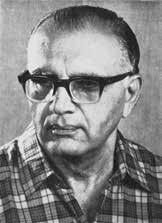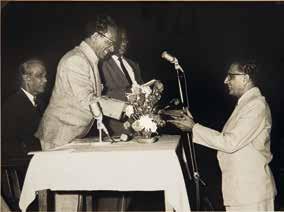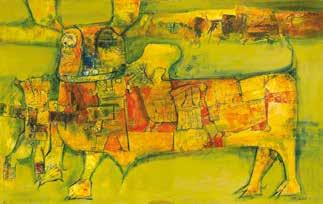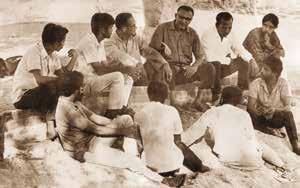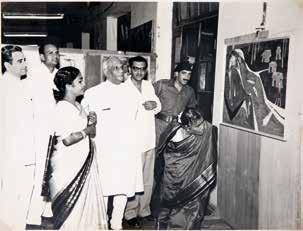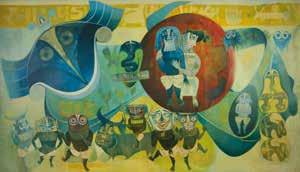J. Sultan Ali
J. Sultan Ali
J. Sultan Ali
|
1920 - 1990 J. Sultan Ali |
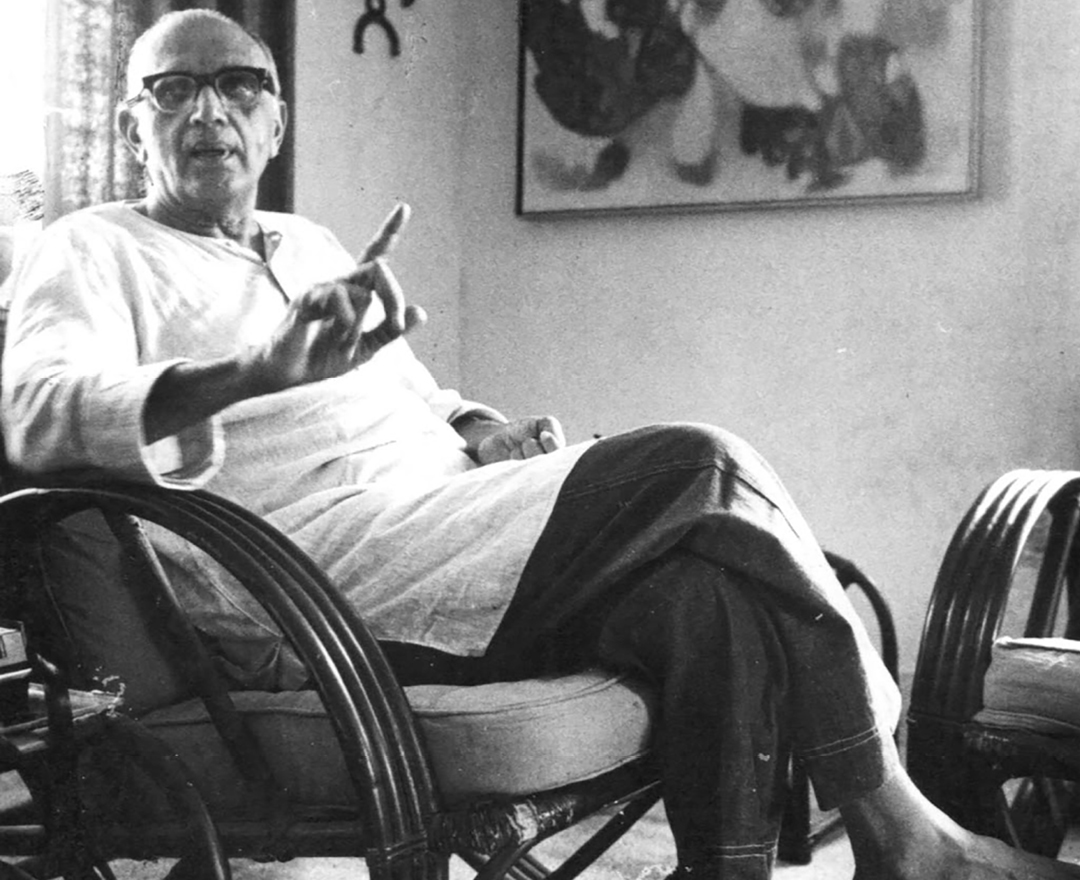
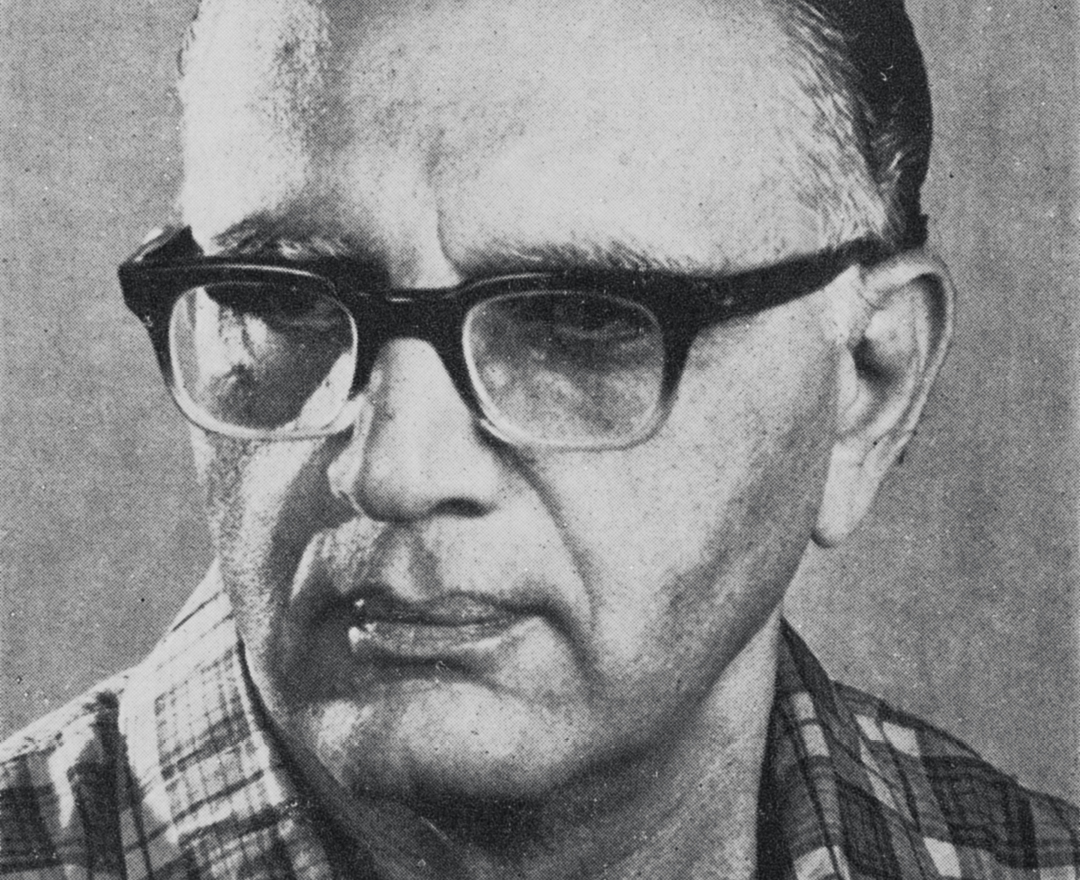
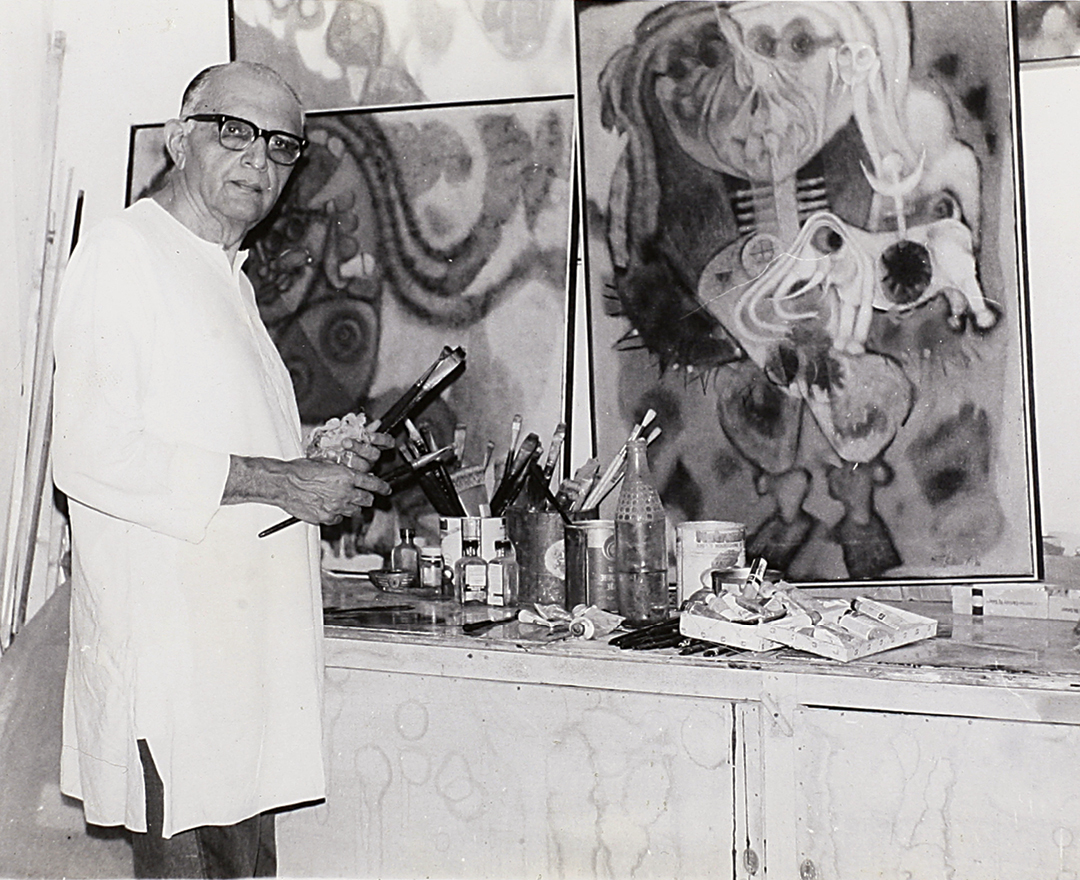
'I have learnt that if you want to paint a mango tree you have to establish some communication with that tree. Go and spend a day sitting under it. Then go home and paint it. But don’t copy it. Paint what you have assimilated of the tree’
J. SULTAN ALI
artist timeline
artworks
dag exhibitions
|
The ‘Manifestations’ series of 20th Century Indian Art, Editions V, VI, VII, VIII, IX, X, XI, variously |
|
DAG, New Delhi and Mumbai, 2011-14 |
|
‘The Naked and The Nude: The Body in Indian Modern Art’ |
|
DAG, New Delhi, 2013; Mumbai, 2015 |
|
‘Indian Divine: Gods & Goddesses in 19th and 20th Century Modern Art’ |
|
DAG, New Delhi and Mumbai, 2014 |
|
‘Indian Portraits: The Face of a People’ |
|
DAG, New Delhi, 2013; Mumbai, 2014 |
|
‘India Modern: Narratives from 20th Century Indian Art’ |
|
DAG, New York, New Delhi, and Mumbai, 2015; Chandigarh, 2017 |
|
‘Primitivism and Modern Indian Art’ |
|
DAG, Mumbai, 2019; New York, 2020; New Delhi, 2021-22 |
|
‘Madras Modern: Regionalism and Identity’ |
|
DAG, Mumbai, 2019 |
|
‘Navrasa: The Nine Emotions of Art’ |
|
DAG, New Delhi and Mumbai, 2020-21 |
|
‘The Fifties Show’ |
|
DAG, New Delhi, 2020 |
|
‘The Sixties Show’ |
|
DAG, New Delhi, 2019; Mumbai, 2020 |
|
‘The Seventies Show’ |
|
DAG, New Delhi, 2019 |
|
‘Iconic Masterpieces of Indian Modern Art’ |
|
DAG, Mumbai, 2021 |
notable collections
|
National Gallery of Modern Art, New Delhi |
|
Lalit Kala Akademi, New Delhi |
|
Government Museum and Art Gallery, Chandigarh |
|
Andhra Pradesh State Museum, Hyderabad |
|
National Art Gallery, Chennai |
|
Bharat Kala Bhawan, Varanasi |
|
Jehangir Nicholson Art Foundation, Mumbai |
|
Air India, Mumbai |
|
Ford Foundation, New Delhi |
|
Massachusetts Institute of Technology, Massachusetts |
|
Brandeis University, Massachusetts |
|
Institute of Papua New Guinea Studies, Papua New Guinea |
|
KIT Royal Tropical Institute, The Netherlands |
|
The Asia and Pacific Museum, Warsaw |
|
Jane and Kito de Boer Collection, Dubai and London |
|
Glenbarra Art Museum, Himeji |








